On December 28, Xiaomi officially unveiled the SU7 electric car model. With an overall length of 4,997 mm and a wheelbase of 3,000 mm, the SU7 model is slightly larger than its two main competitors, the Porsche Taycan and Tesla Model S, that the Chinese automaker is targeting.
What’s remarkable is that the car has a very impressive drag coefficient of 0.195. The Modena architecture is compatible with both 400 and 800-volt power sources, and it has multiple drivetrain configurations and different power outputs from bold (and confusing) electric motors named V6, V6, and V8.
The base V6 version has a single electric motor, delivering a maximum power output of 295 horsepower and a peak torque of 400 Nm, along with rear-wheel drive and a 73.6 kWh battery pack. The car can complete a sprint from 0-100 km/h in 5.28 seconds. The standard model has a range of 668 km on a full charge.
On the other hand, the premium V8 models use dual electric motors, producing 664 horsepower and can accelerate from 0-100 km/h in just 2.78 seconds and achieve a superior top speed of 265 km/h compared to the Taycan. These versions can travel a maximum range of 800 km on a full charge of a 101 kWh battery pack, more than what the Model S can achieve. The 800-volt fast charging technology allows the car to gain an additional 220 km in just 5 minutes or 390 km in 10 minutes when connected to a compatible fast charging station.
Not surprisingly, with Xiaomi’s background, the SU7 stands out in terms of technology, both in terms of driver-assist features and entertainment information with a 16.1-inch display.
The autonomous driving package includes lidar, cameras, and radar, initially providing highway driving and automatic parking capabilities, but it may expand its autonomous driving capabilities to city streets after tests are conducted in 2024.
In terms of design, the overall design of the Xiaomi SU7 is quite eye-catching and reminiscent of the Porsche Taycan with a sloping roofline towards the rear end, giving it a coupe-like appearance. The front end, on the other hand, evokes McLaren’s vehicle lineup.
The Xiaomi SU7’s headlight consists of 4 LED bulbs, divided into two tiers by a daytime running LED strip. The rear bumper of the car features a unique and standout design. The two positions that were originally intended for the exhaust pipes on gasoline-powered cars are now equipped with warning lights. The LED taillight cluster has a horizontal “C” shape design that is visually appealing.
One thing that Xiaomi hasn’t disclosed exact details about is the pricing, but CEO Lei Jun has admitted that it will not be cheap. This is also understandable as Xiaomi aims to compete with luxury sports car competitors like the Porsche Taycan.
Trang Nguyen (Forum.autodaily.vn)
































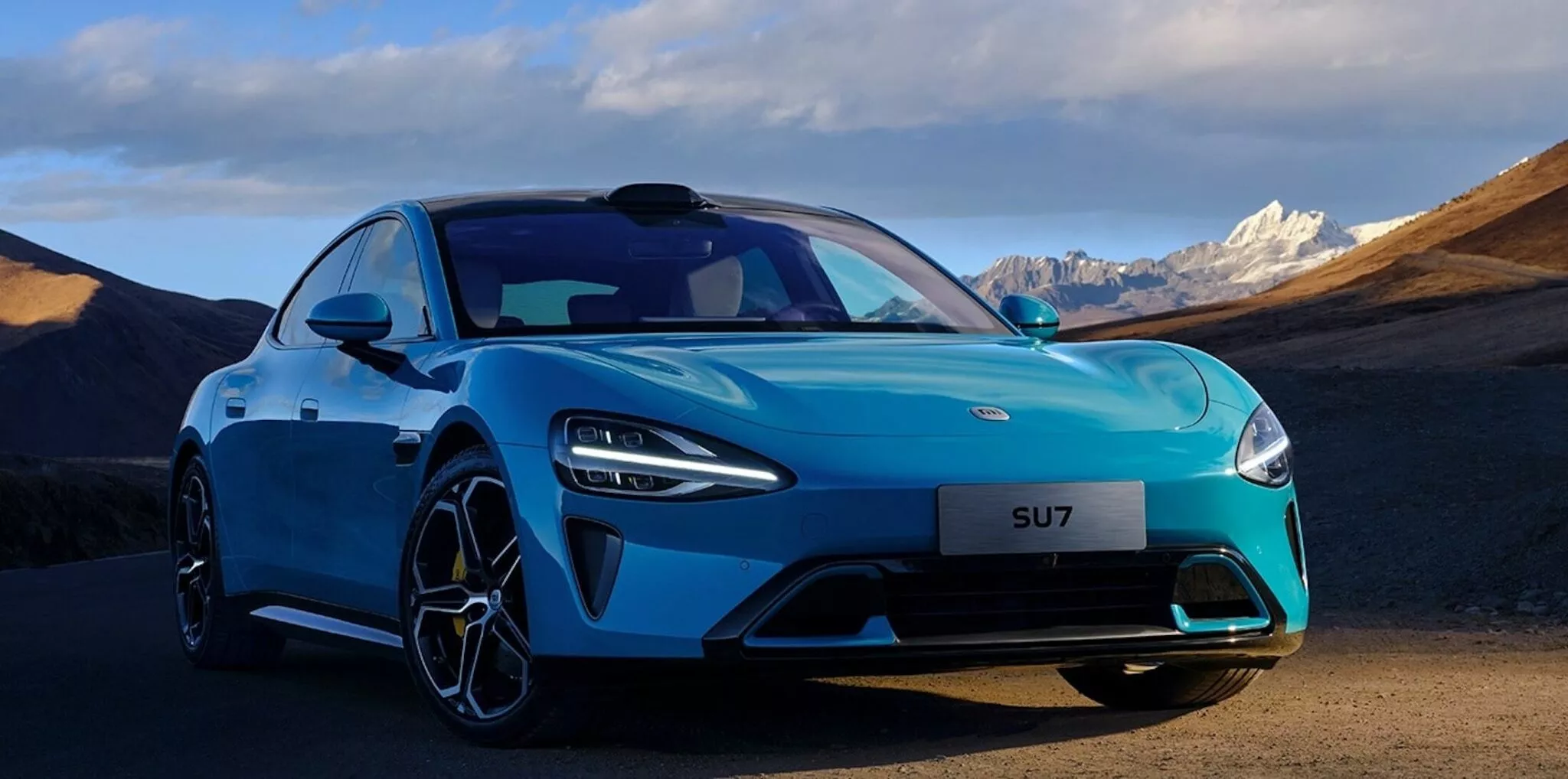
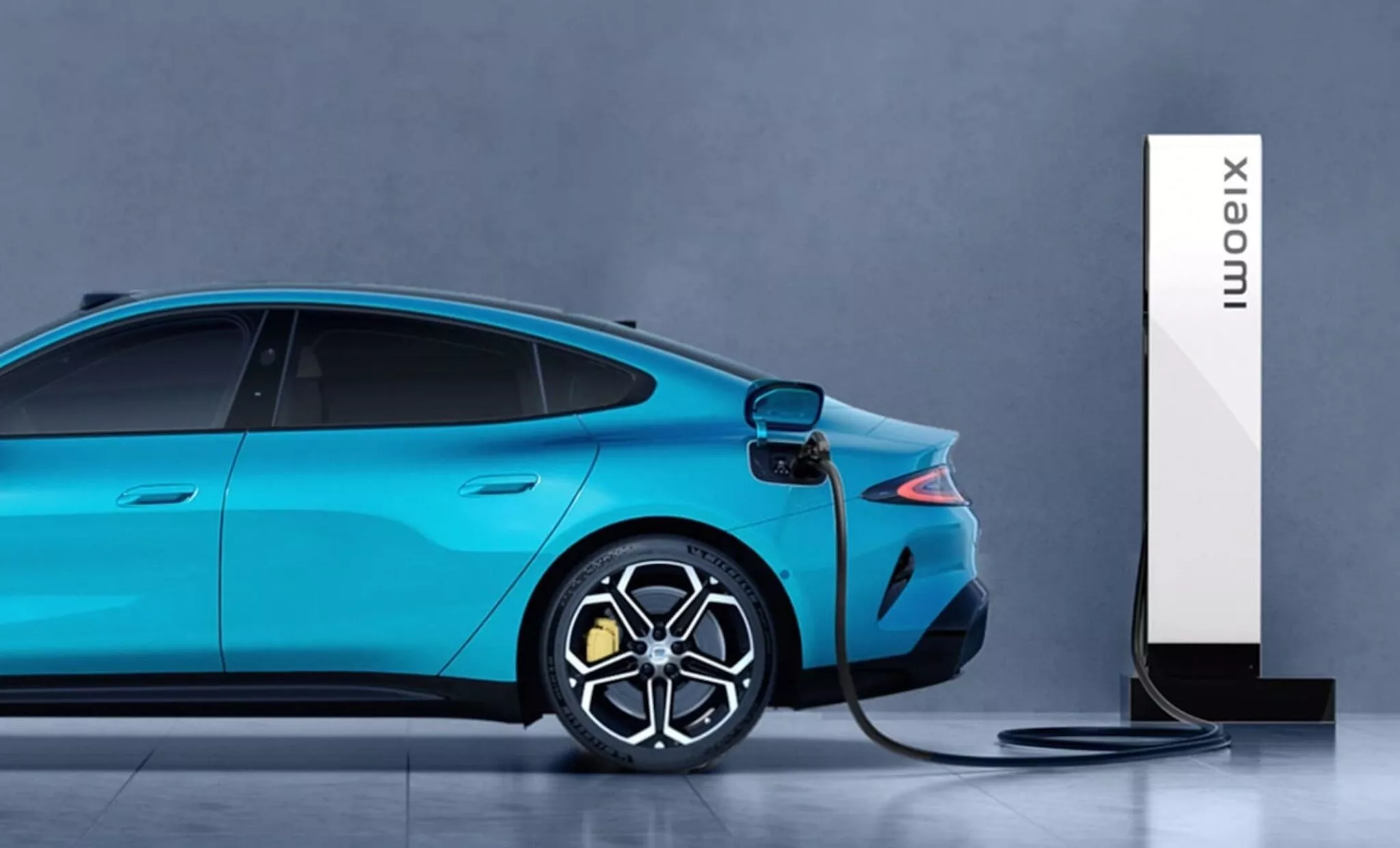
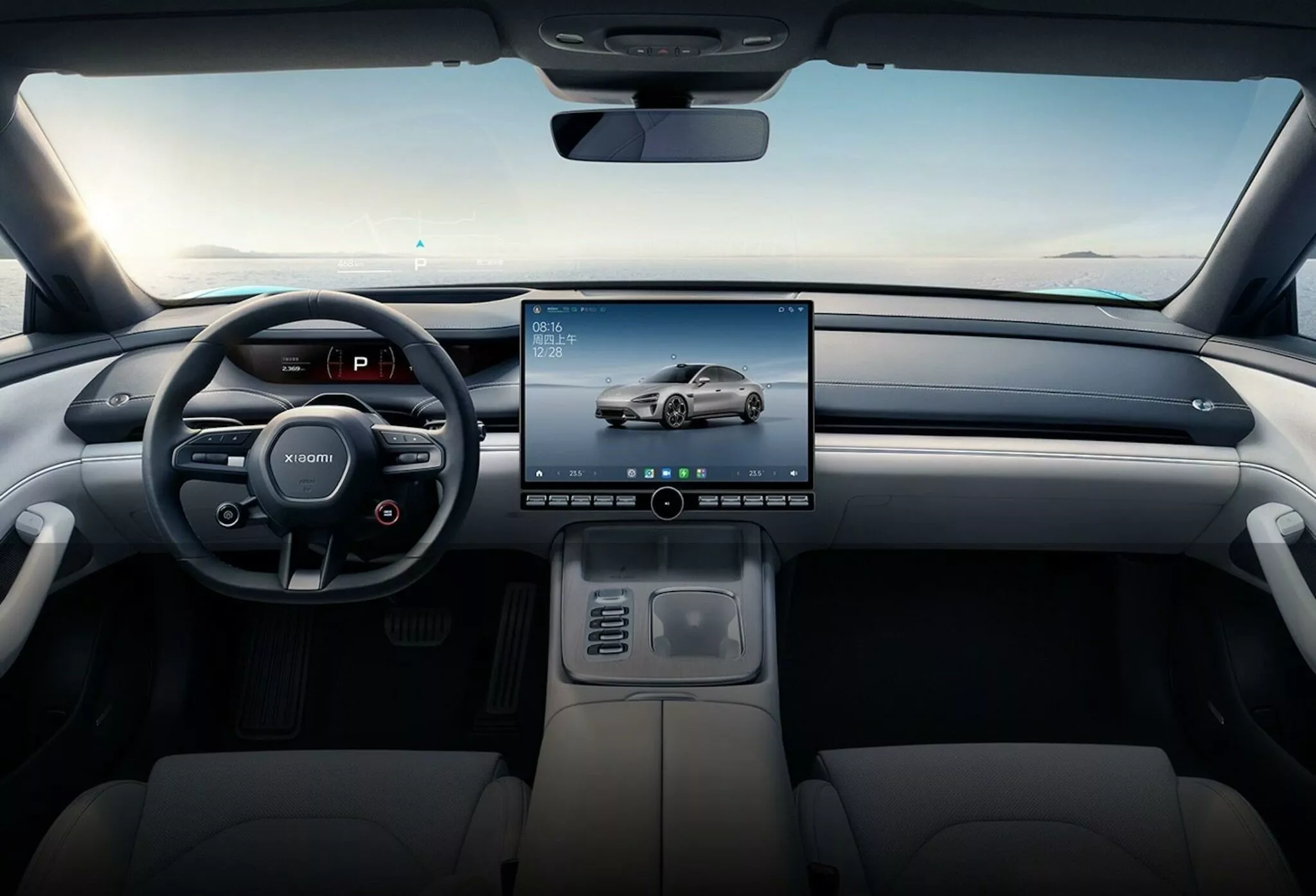
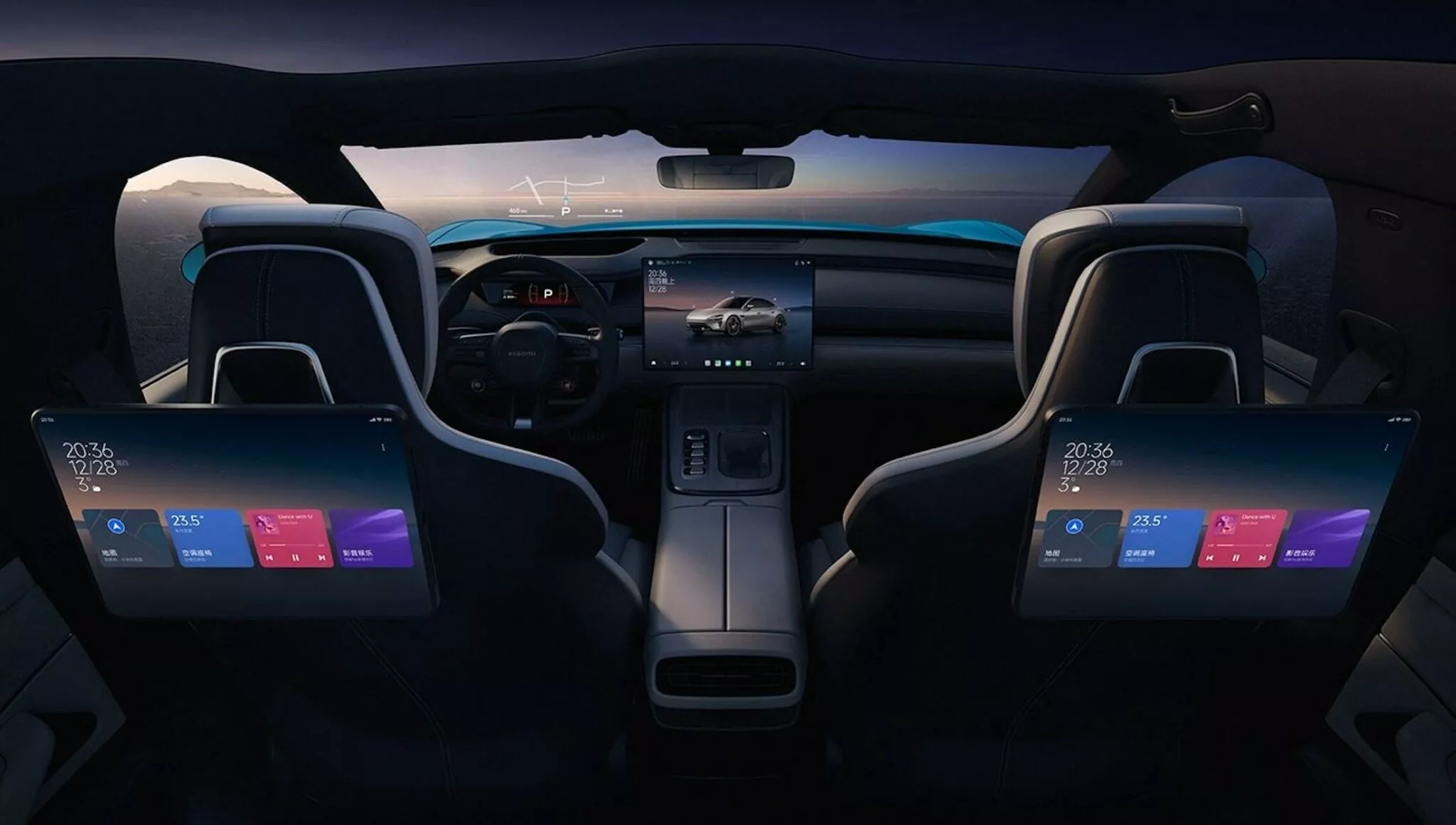
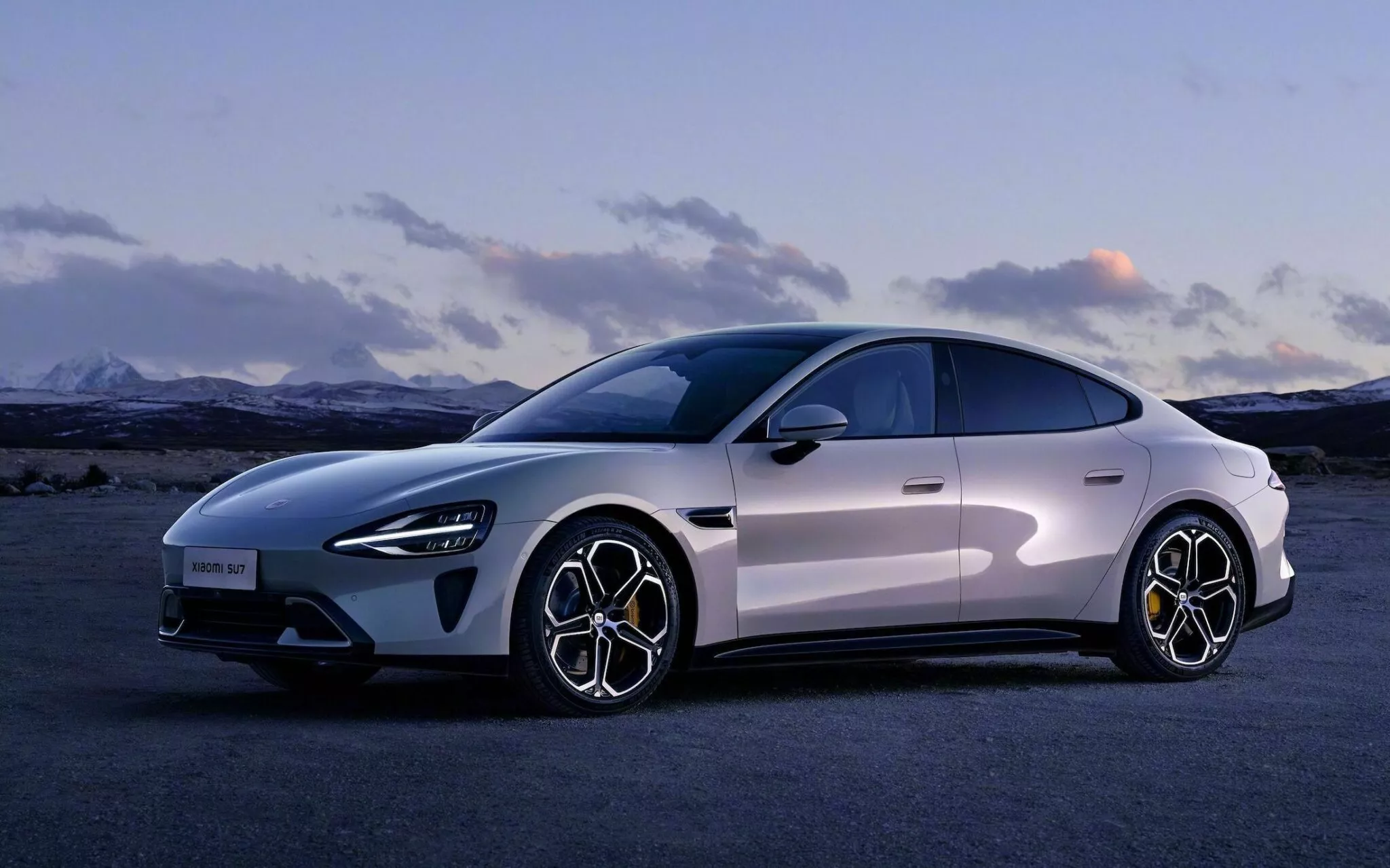

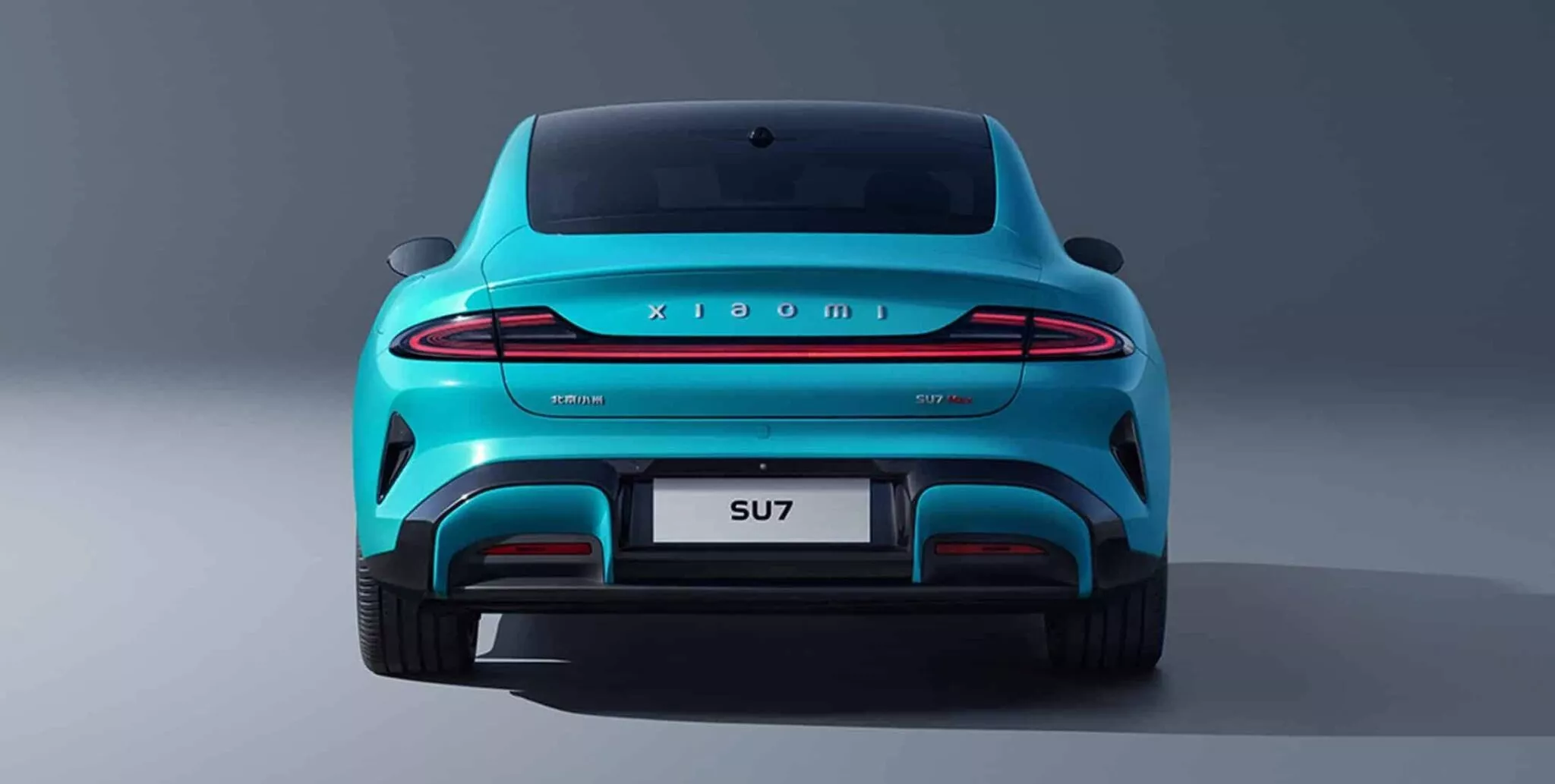
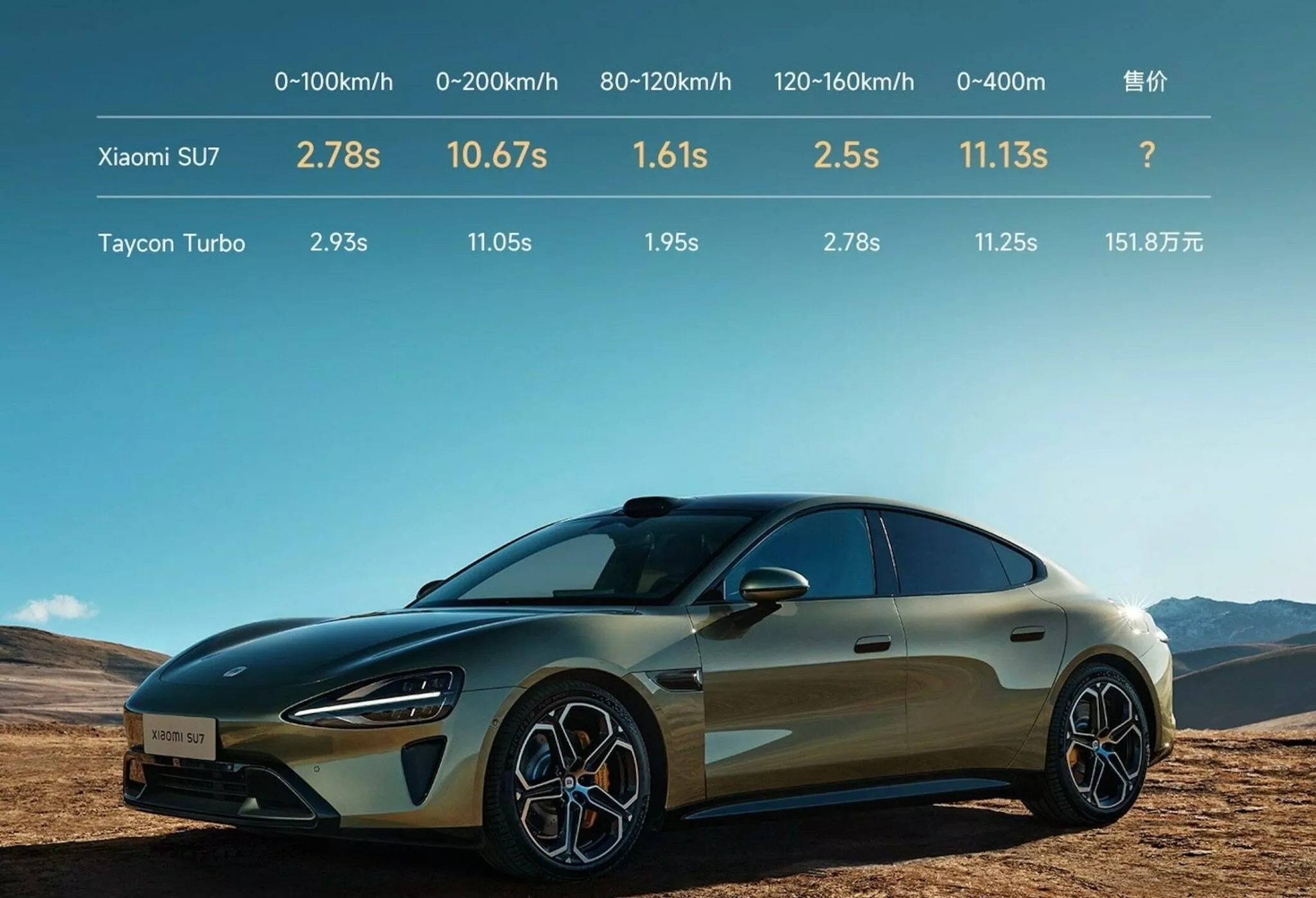

![[CAR REVIEW] The Newly Launched BMW iX3 in Vietnam: Compact, Practical, and Expensive](https://vnauto.net/wp-content/uploads/2023/10/xehay-bmwix3-01082023-9-150x150.jpg)
![[QUICK REVIEW] VinFast VF5: Extremely Affordable, Spacious, and Well-Equipped](https://vnauto.net/wp-content/uploads/2023/10/Xehay_VF5plus_21042318-150x150.jpg)
![[CAR REVIEW] User Reviews of VinFast VF 9: Stylish, Luxurious, Smooth Ride, and Perfect for Families](https://vnauto.net/wp-content/uploads/2023/10/xehay-vinfastvf9-09092023-12-150x150.jpg)
![[CAR REVIEW] Wuling Mini EV: Affordable, Compact, Convenient, but…](https://vnauto.net/wp-content/uploads/2023/10/xehay-wulingev-16062023-8-150x150.jpg)











